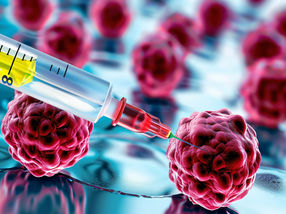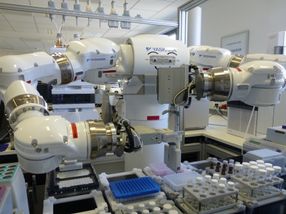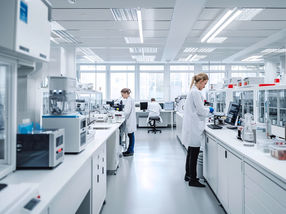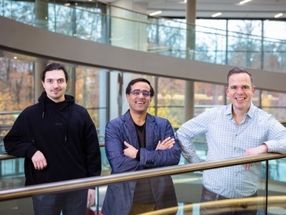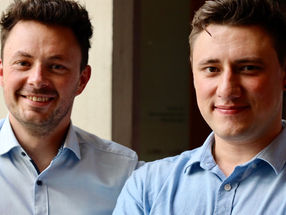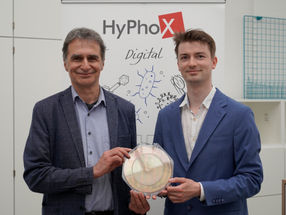BioWa, Inc. Begins Phase 1 Clinical Trial in Asthma
BioWa, Inc. announced that it is beginning its Phase 1 clinical trial to evaluate the safety and tolerability of BIW-8405, BioWa's anti-IL-5 receptor monoclonal antibody (Mab). The Mab is being developed for the treatment of asthma.
"The commencement of the BIW-8405 clinical studies is a significant step for BioWa's technology platform, demonstrating our commitment to building a pipeline of Antibody-Dependent Cellular Cytotoxicity (ADCC) enhanced therapeutic products, positioning BioWa as a key player in asthma therapeutics," said Dr. Nobuo Hanai, President and CEO of BioWa, Inc. "We believe that ADCC enhancement of antibodies will overcome many existing problems of antibody therapeutics today. We are pursuing the discovery and development of high value proprietary therapeutic products through the use of POTELLIGENT(TM) Technology."
Most read news
Other news from the department research and development

Get the life science industry in your inbox
From now on, don't miss a thing: Our newsletter for biotechnology, pharma and life sciences brings you up to date every Tuesday and Thursday. The latest industry news, product highlights and innovations - compact and easy to understand in your inbox. Researched by us so you don't have to.
Most read news
More news from our other portals
See the theme worlds for related content
Topic world Antibodies
Antibodies are specialized molecules of our immune system that can specifically recognize and neutralize pathogens or foreign substances. Antibody research in biotech and pharma has recognized this natural defense potential and is working intensively to make it therapeutically useful. From monoclonal antibodies used against cancer or autoimmune diseases to antibody-drug conjugates that specifically transport drugs to disease cells - the possibilities are enormous

Topic world Antibodies
Antibodies are specialized molecules of our immune system that can specifically recognize and neutralize pathogens or foreign substances. Antibody research in biotech and pharma has recognized this natural defense potential and is working intensively to make it therapeutically useful. From monoclonal antibodies used against cancer or autoimmune diseases to antibody-drug conjugates that specifically transport drugs to disease cells - the possibilities are enormous


